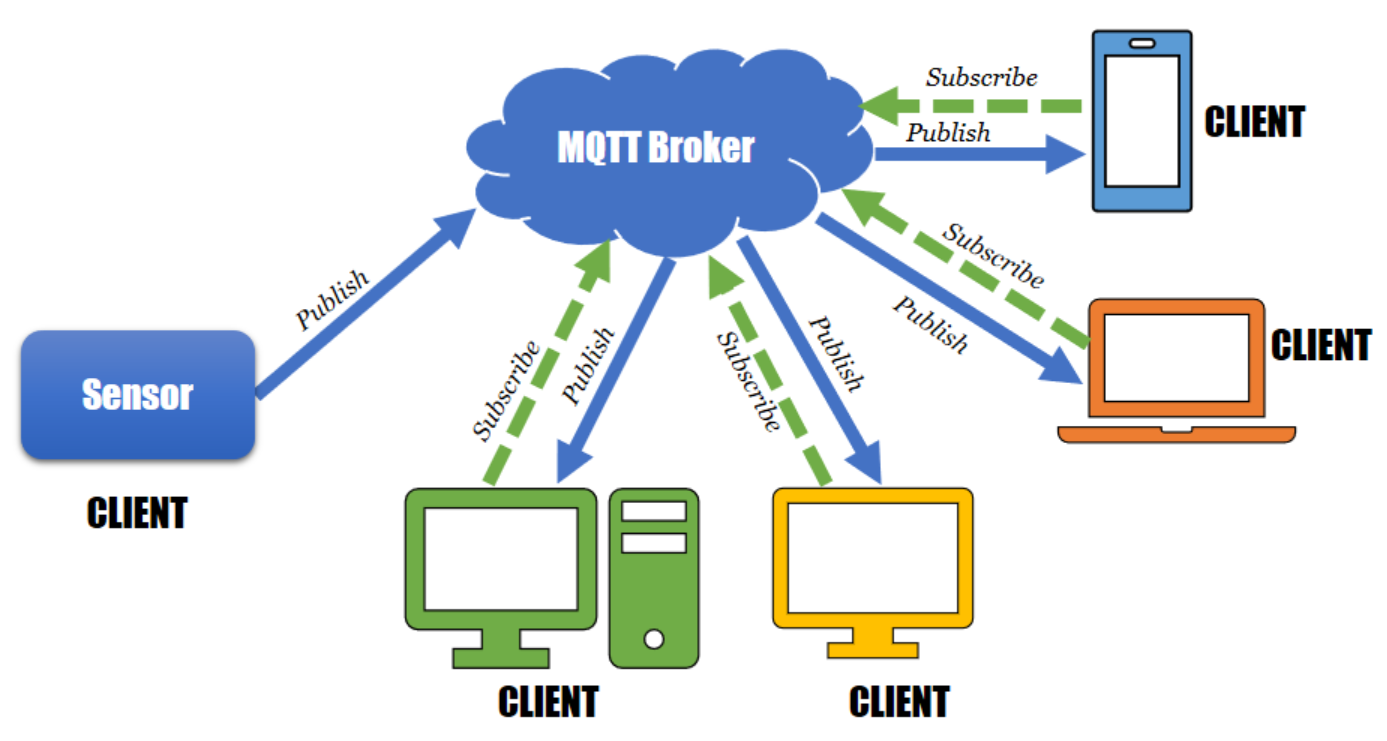The Quiet Rise of Fractional Employment - Reshaping the Future of Work?

While the gig economy continues to dominate headlines with its focus on short-term tasks and freelance work, a quieter yet potentially more transformative trend is emerging: fractional employment. This model, often overlooked in discussions about the future of work, offers a unique approach that blends the flexibility of freelancing with the stability and engagement of traditional employment.
Beyond Gigs: Understanding the Fractional Shift
Fractional employment, as the name suggests, involves hiring professionals for a fraction of their time. This could range from a few hours a week to several days, depending on the company's needs and the individual's availability. It's essentially a formalized version of part-time work, but with a strategic focus on leveraging specialized skills and expertise.
Several factors are driving the rise of fractional employment:
- Cost Efficiency: For businesses, particularly startups and small to medium enterprises (SMEs), hiring full-time employees for specialized roles can be financially burdensome. Fractional employment provides access to high-level expertise without the overhead costs.
- Flexibility and Agility: The rapid pace of technological advancements and evolving market demands require companies to be agile. Fractional employment allows them to scale their workforce up or down quickly, adapting to changing needs with greater ease.
- Access to Top Talent: The traditional 9-to-5 model is increasingly being challenged by skilled professionals seeking greater work-life balance and autonomy. Fractional employment allows companies to tap into this pool of highly qualified individuals who may not be available for full-time commitments.
Impact and Growth: A Look at the Numbers
While data specifically tracking fractional employment is still emerging, several indicators point to its growing presence:
- A recent study by Upwork estimates that freelancers will make up 50.9% of the U.S. workforce by 2027. While not all freelancers are in fractional roles, the trend suggests a growing acceptance of non-traditional work arrangements.
- Platforms like Paro, Braintrust, and Fractional execs, specifically dedicated to connecting businesses with fractional executives and specialized professionals, have seen significant growth in recent years.
- LinkedIn searches for terms like "fractional CMO," "fractional CFO," and "fractional COO" have steadily increased, indicating growing interest from both businesses and professionals.
Benefits and Challenges: Navigating the Fractional Landscape
Fractional employment offers a compelling value proposition for both businesses and professionals, but it's not without its challenges:
For Businesses:
- Advantages: Cost savings, access to specialized skills, increased agility, fresh perspectives.
- Challenges: Potential communication and coordination complexities, managing multiple fractional relationships, ensuring clear expectations and deliverables.
For Professionals:
- Advantages: Flexibility and work-life balance, variety of projects and clients, opportunity to leverage expertise, potential for higher earning potential.
- Challenges: Income instability, managing multiple clients and projects, potentially limited benefits compared to traditional employment.
The Future of Fractional Employment: A Transformative Force?
Fractional employment represents a significant shift in the employment landscape, offering a compelling alternative to traditional employment models. While still in its early stages, its potential to reshape how we work is undeniable.
As the demand for specialized skills continues to grow and the workforce seeks greater flexibility, fractional employment is poised for continued expansion. For businesses, embracing this model can unlock access to top talent and drive agility. For professionals, it presents an opportunity to leverage their expertise in a way that aligns with their personal and professional goals.
Whether fractional employment will become the dominant force in the future of work remains to be seen. However, its emergence signifies a profound shift in how we perceive and engage with work – one that prioritizes flexibility, specialization, and a focus on outcomes over traditional employment structures.










Comments ()